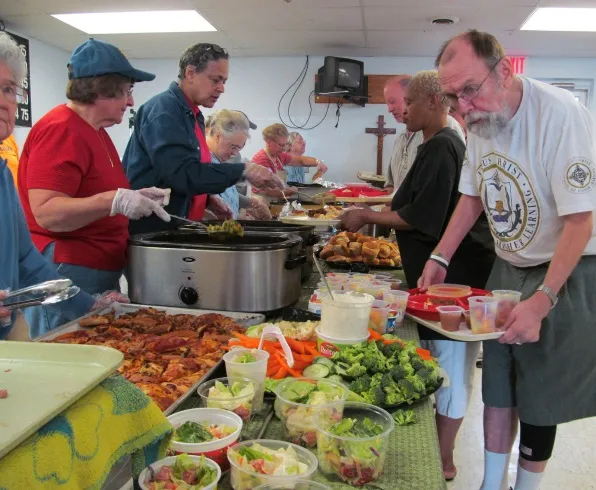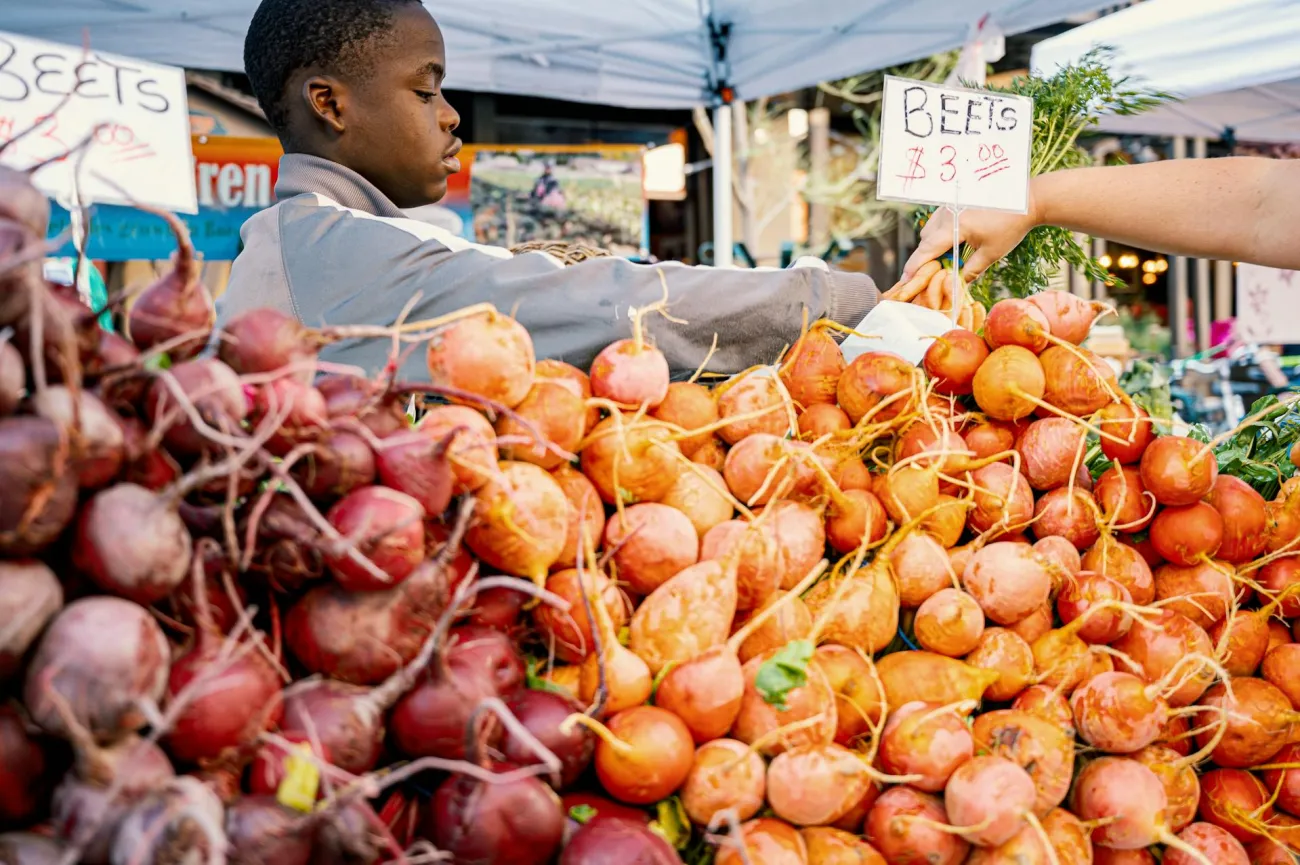This paper, co-authored by FCRN member Christian Reynolds, investigates the economic and environmental efficiency of charities and NGOs that divert and redistribute wasted but edible food. Through a case study of food rescue organizations in Australia, the authors show that food rescue operations generate approximately six kilograms of food waste per tonne of food rescued, at a cost of US$222 per tonne of food rescued. This is lower than purchasing edible, non-food waste food at market-cost. Secondly, for every US dollar spent on food rescue, edible food to the value of US$5.71 (1863 calories) was rescued.

Likewise, every US dollar spent on food rescue redirected food that represented 6.6 m3 of embodied water, 40.13 MJ of embodied energy, and 7.5 kilograms of embodied greenhouse gasses (CO2 equivalents). Finally, while food rescue is a more expensive disposal option than landfill or composting, this paper describes it as an enabler for re-directing food away from the waste stream to actually feed people, an outcome with important consequences for food security.
Abstract
In this paper we investigate the economic and environmental efficiency of charities and NGO’s “rescuing” food waste, using a 2008 case study of food rescue organisations in Australia. We quantify the tonnages, costs, and environmental impact of food rescued, and then compare food rescue to other food waste disposal methods composting and landfill. To our knowledge this is the first manuscript to comprehend the psychical flows of charity within an Input-Output framework—treating the charity donations as a waste product. We found that 18,105 tonnes of food waste was rescued, and calculate that food rescue operations generate approximately six kilograms of food waste per tonne of food rescued, at a cost of US$222 per tonne of food rescued. This a lower cost than purchasing a tonne of comparable edible food at market value. We also found that per US dollar spent on food rescue, edible food to the value of US$5.71 (1863 calories) was rescued. Likewise, every US dollar spent on food rescue redirected food that represented 6.6 m3 of embodied water, 40.13 MJ of embodied energy, and 7.5 kilograms of embodied greenhouse gasses (CO2 equivalents) from being sent to landfill or composting, and into mouths of the food insecure. We find that food rescue—though more economically costly than landfill or composting—is a lower cost method of obtaining food for the food insecure than direct purchasing.
Citation
Reynolds, C.J.; Piantadosi, J.; Boland, J. (2015) Rescuing Food from the Organics Waste Stream to Feed the Food Insecure: An Economic and Environmental Assessment of Australian Food Rescue Operations Using Environmentally Extended Waste Input-Output Analysis. Sustainability , 7, 4707-4726.
Read the full paper open access here.
For a more critical take on the role of surplus food as a means of ameliorating food insecurity, see this short letter here.
See also our research library results for the search “food waste” here – you can modify your search with more keywords if you wish on this same page.




Comments (0)